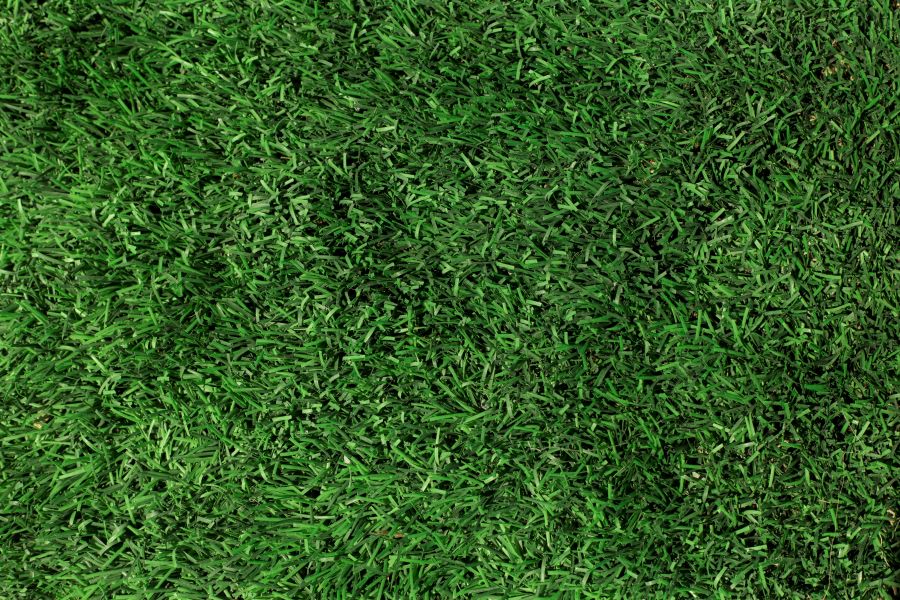What is the Perfect Base for Artificial Turf?


So, you’ve decided to abandon the never-ending task of mowing and embrace the low-effort lifestyle afforded by artificial turf. Excellent decision! However, before indulging in visions of backyard barbecues taking place in your luxuriant green sanctuary, there is an essential prerequisite: constructing the ideal foundation.
The base for artificial turf is considered the cornerstone of your home. A sturdy foundation guarantees that your synthetic turf remains even, facilitates proper drainage, and provides years of enjoyable use.
Let’s immerse ourselves in the world of turf foundations, examine the various varieties available, and empower you with the understanding to construct a flawless groundwork for your synthetic oasis.
Picture this scenario: you have successfully installed your attractive new turf, only to discover it accumulates water after a rainfall or, even worse, sinks unevenly when walked upon. That is the point at which the base becomes relevant. It fulfills various crucial functions, including:
Now that you have comprehended the significance of a good base for artificial turf, let’s delve into the various materials frequently employed:
Crushed miscellaneous base or Class II road base is a type of material that has been pulverized and is commonly used as a foundation for roads. This particular choice is widely favored and provides excellent value for money.
It comprises a blend of pulverized concrete, asphalt, and gravel, which promotes efficient water drainage and establishes a solid base. Consider it the dependable foundation for turf surfaces. Class II road base shares similarities with regular road base but is more densely packed, rendering it well-suited for areas with heavy footfall.
DG, or decomposed granite, is a blend of crushed granite that produces a flat and even surface, known for its exceptional permeability that enables superior drainage. Nonetheless, DG is inclined to be slightly more expensive compared to CMB.
Both CMB and DG are highly recommended options. Take into account your financial resources and the specific purpose of your turf. In instances where there is a significant amount of foot traffic or when superior drainage is essential, DG may present itself as the more favorable choice.
An ideal base for artificial turf commonly consists of three layers:
Typically made up of excavated soil or crushed rock, this initial layer serves the primary function of establishing a flat base and resolving any drainage concerns within the natural soil.
This layer, known as the workhorse layer, is usually constructed using CMB or DG and serves the purposes of offering stability, facilitating drainage, and aiding in surface leveling.
The ultimate surface, frequently composed of sand, crushed gravel, or a specialized turf underlayment, is responsible for establishing a polished and finely adjusted area for the installation of the turf, even when installing turf on dirt.
Merely placing turf on top of existing grass or uneven terrain can lead to unfavorable outcomes. Here’s why thorough ground preparation is crucial:
Depending on the scope of your project and the base material for artificial turf, you may require:
Safety Reminder: To prevent injuries while handling hefty materials, it is advisable to wear gloves and durable footwear, or contact a professional!
Looking for an artificial grass installation in Las Vegas? We can help!
Listed below are some valuable tips to guarantee the excellence of your base layer for artificial turf:
Setting up base prep for artificial turf can be undertaken as a do-it-yourself endeavor, although it necessitates dedication of time, effort, and the acquisition of appropriate equipment.
Here’s when it might be prudent to take into account the services of a professional on an artificial grass base:
Contact our professionals and learn more about the perfect artificial turf for you!
And there you have it! Now you possess the necessary information to construct the ideal base for an artificial grass haven. It is important to keep in mind that constructing a solid foundation is an investment that guarantees a visually appealing and fully functional turf for an extended period of time.
Whether you opt to undertake the task yourself or enlist the services of a qualified expert, emphasizing utilizing top-notch materials and employing appropriate installation processes and methods should be your primary focus. Once you have established a firm base, your synthetic grass will be prepared to accommodate numerous backyard gatherings, quality time with family, and hassle-free satisfaction.

Festival Turf
Phone: 844-702-8873
Email: [email protected]
Las Vegas HQ Hours
Monday-Friday: 8:00am – 4:00pm PST
Saturday: 8:00am – 12:00pm
Sunday: CLOSED
Have a Question?
Contact us now and we’ll help you find what you need!

 Perfecting Your Lawn’s Borders: The Ultimate Guide to Artificial Grass...
Perfecting Your Lawn’s Borders: The Ultimate Guide to Artificial Grass...